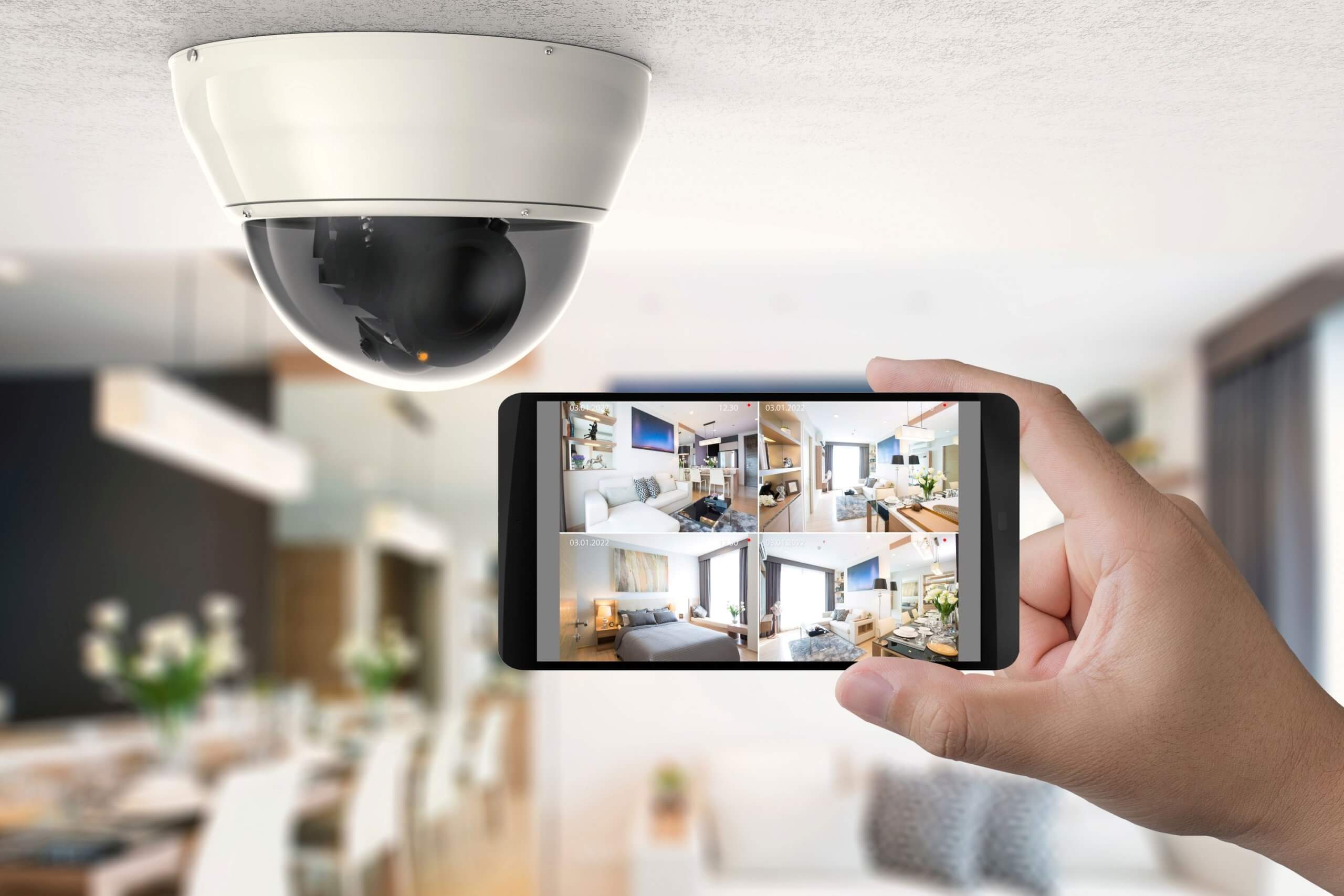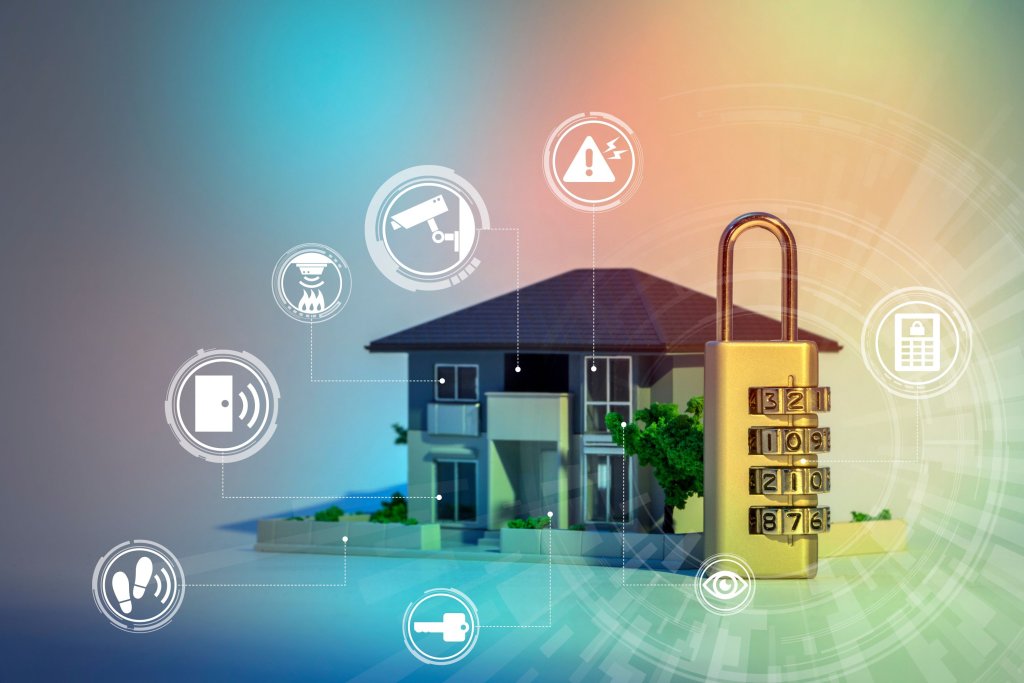It’s hard to feel safe and secure in one’s home when burglaries can happen every 30 seconds in anyone’s house. Burglars and other kinds of home intruders are opportunistic criminals, and they’ll dive into whatever chance they get the moment they spot houses with weak doors, damaged locks, or open windows. Thankfully, property crimes and intrusions are completely avoidable as long as homeowners like you will take your home’s security and safety precautions seriously.
Forbes reports that over one million burglaries occur annually in the US alone. These numbers will continue to rise if people aren’t proactive in protecting their homes and implementing security measures. Thus, to ensure burglars, robbers, and other intruders won’t target your home for any form of attack, you must keep your home secure 24/7.
Securing your home won’t only protect your house and your valuable items, but this will also keep your family and loved ones safe from any harm or injury. This article will cover a few tips and steps that you can follow to keep your home secure, safe, and protected for everyone in the household.
1. Get a self-protection weapon
There are instances where burglars, thieves, and intruders don’t only attack houses to steal valuable items. They may also intend to hurt the people living inside their homes and make them hostages, especially when they hesitate to give away their valuables. Thus, owning at least one self-defense weapon is essential to ensure you have something to defend your family and yourself in times of such attacks.
One of the most sought-after self-protection weapons is the firearm. As per recent research, 41% of households currently have a gun in the house, with 63% claiming that their primary motive for gun ownership is personal protection. Having at least one firearm in your home will assure everyone in the household that you can protect yourselves from potential intrusions and attacks.
Aside from your firearm, make sure to also have the proper ammunition, such as high-quality hollowpoints. Hollow point rounds are more suitable for self-defense since they expand once deposited or lodged in the target. As a result, the criminal will be weakened with a bullet stuck on their body or if they struggle trying to get rid of the bullet.
More importantly, you must undergo proper firearm training first. Otherwise, your weapon is useless when you’re clueless about handling or using it properly. You must also be familiar with the state laws regarding gun ownership.
2. Upgrade your door and window locks
Locking all the entry points in your house is the easiest defense you can do to keep your home secure and deter intruders. But how many of you are actually paying attention to your locks? Most of the time, people only change their door and window locks when they’re already damaged. But remember, intruders often target houses with weak, damaged, or unlocked doors and windows.
Survey reports that 23% of intruders enter through the window, 22% go through the back door, 34% use the front door, and 9% use the garage door. With these multiple entry points in your home, you must ensure all the locks in your home are in robust condition.
If you’re still using traditional doorknob locks, now’s the time to replace them with a smart lock system for all your doors, windows, and garages. Smart locks (also known as electronic locks) can give you more control over when to lock and unlock your door and who can access your home. You can remotely monitor whoever goes in and out of your house. And since it’s electronic, intruders won’t be able to pick them to gain access.
For your windows, install an additional lock other than your window’s existing locks. Better yet, you can add glass break sensors, especially if you have large glass windows. When anyone tries to break the glass, the sensor will set the alarm to notify everyone in the area that someone’s trying to break in.
3. Increase gate and fence security
Homes with privacy fences are less likely to be a target for intruders. However, when your fences are too tall, added with thick shrubs and tall trees, these can be the perfect spot for intruders to hide and invade your home without being seen or detected from the outside.
A fence that follows the recommended height of 3 feet and with a securely locked gate can deter intruders. Meanwhile, a home with no fence or gate at all will make it easier for intruders to walk up to your home without being too suspicious.
Furthermore, once you have a fence and gate, ensure they’re both in good condition. Otherwise, weary gates, old locks, and missing fence panels will only allow thieves to invade your property easily.
4. Invest in a home alarm system

Nowadays, relying on security cameras alone won’t deter criminals. Even if surveillance cameras surround your home, intruders can still easily slip in and out of your house anonymously, as their masks and costumes can hide their identity. You can invest in a home alarm system to keep your home secure, regardless of whether you’re home or not.
The alarm system will automatically siren loudly and contact the authorities when it detects suspicious or unauthorized invasions. Intruders will flee from your property immediately to avoid being caught by the authorities. Ultimately, an alarm system is more effective in scaring off criminals than surveillance cameras, but it’s also wise to invest in both for optimal home security.
Keep your house and family secure with these tips
These strategies can help keep your home secure and safe from invasions and other property crimes. Each small security improvement you make will give you and your family peace of mind knowing you can sleep safe and sound, unafraid of invasion.

